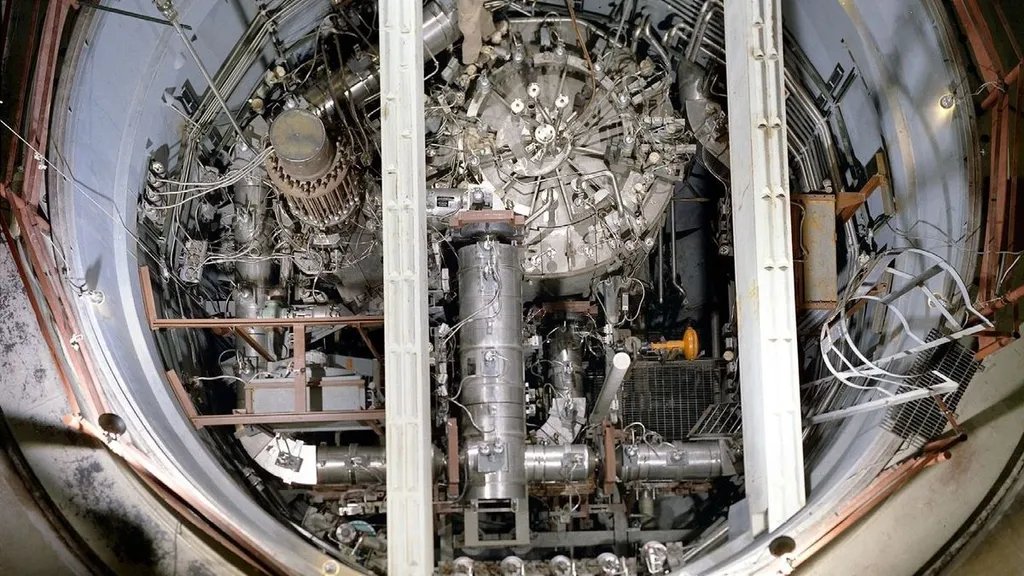In the relentless pursuit of advanced nuclear energy solutions, scientists are turning to molybdenum-based alloys, prized for their ability to withstand extreme temperatures and radiation. A groundbreaking study led by XU Pengyu and his team at the China Institute of Atomic Energy has unveiled a novel approach to predicting and optimizing the performance of these alloys under irradiation, potentially revolutionizing the design of next-generation nuclear reactors.
The research, published in the journal *Nuclear Power Science and Technology* (originally *Yuanzineng kexue jishu*), addresses a critical challenge in nuclear material science: the lack of a systematic, quantitative understanding of how different alloy compositions and irradiation conditions interact. Traditional methods rely heavily on trial-and-error, a process that is both time-consuming and costly. “Current approaches are largely empirical,” explains XU Pengyu, the lead author of the study. “We aimed to bridge this gap by leveraging data-driven techniques to predict the complex behavior of molybdenum-based alloys under irradiation.”
The team utilized a comprehensive dataset comprising 254 samples, each with varying alloy compositions, irradiation doses, and post-irradiation tensile properties. To tackle the complexity and potential multicollinearity among the numerous high-dimensional features, they employed principal component analysis (PCA) to reduce dimensionality and extract the most significant information. This step was crucial in mitigating redundancy and collinearity among input variables, setting the stage for accurate predictive modeling.
The core innovation of the study lies in the development of a deep learning framework based on convolutional neural networks (CNNs). The CNN was trained using a novel composite loss function designed to balance performance objectives, integrating both mean squared error (MSE) and a measure of goodness-of-fit (R2). This synergistic loss formulation enabled effective multi-objective optimization during the training phase, simultaneously targeting high accuracy in predicting both ultimate tensile strength (UTS) and elongation (EL).
The resultant CNN model demonstrated remarkable predictive power, achieving a coefficient of determination (R2) greater than 0.8 on key performance metrics. This robust performance validates the effectiveness of the proposed PCA-CNN framework and underscores the potential of data-driven approaches for predicting complex material properties under extreme environments.
The study revealed that rhenium (Re) significantly enhances post-irradiation tensile strength, while titanium (Ti) and zirconium (Zr) improve strength but slightly reduce elongation. These findings provide a new paradigm for compositional optimization in radiation-resistant molybdenum alloy design. “This research establishes a high-fidelity, data-driven paradigm for predicting and optimizing the irradiation performance of complex multi-component alloys,” says XU Pengyu. “Moving beyond empirical composition tuning, it provides a powerful tool to systematically map the intricate relationships between composition, irradiation dose, and critical mechanical properties.”
The implications of this research are far-reaching for the energy sector. By enabling accelerated, targeted composition design strategies, it paves the way for the development of superior radiation-resistant molybdenum-based alloys. These alloys are crucial for the core components of next-generation nuclear fission and fusion reactors, promising enhanced safety, efficiency, and longevity.
As the world seeks to transition to cleaner and more sustainable energy sources, the insights gained from this study could significantly impact the design and deployment of advanced nuclear technologies. The work not only advances our understanding of material behavior under extreme conditions but also sets a new standard for data-driven innovation in the field of nuclear material science.

